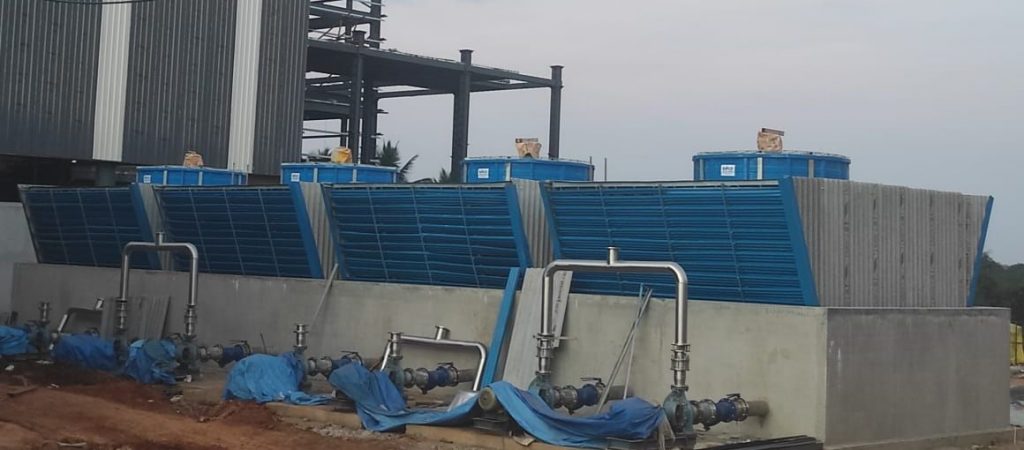Can Treated Pine Be Used in Wooden Cooling Towers?
Short Answer: Yes, but with limitations. Treated pine is a cost-effective alternative to naturally durable woods like redwood or cedar, but its performance depends on treatment quality, water chemistry, and maintenance.
Pros & Cons of Treated Pine in Cooling Towers
| Factor | Pros | Cons |
| Cost | ||
| Rot Resistance | ||
| Chemical Treatment | ||
| Maintenance | ||
| Lifespan |
When to Use Treated Pine?
decay).
When to Avoid Treated Pine?
Best Treatment for Cooling Tower Pine
- ACQ (Alkaline Copper Quaternary)
- Pros: Arsenic-free, good fungal/termite resistance.
- Cons: Corrodes galvanized steel (use stainless fasteners).
- MCA (Micronized Copper Azole)
- Pros: Low toxicity, decent penetration.
- Cons: Less effective in high-pH water.
- Avoid CCA (Chromated Copper Arsenate)
- Toxic arsenic leaching risks (banned in many countries).
Maintenance Tips for Treated Pine Towers
- Annual Inspections: Check for rot, cracks, or fastener corrosion.
- Reapply Preservatives: Copper naphthenate every 3–5 years.
- Upgrade Fill Media: Use PVC fills instead of wood slats for longer life.
- Monitor Water Chemistry: Keep pH neutral (7–8.5), limit chlorine.
Alternative Woods for Cooling Towers
| Wood Type | Lifespan | Best For |
| Redwood | 25–30+ yrs | Structural frames, harsh environments |
| Western Cedar | 20–25 yrs | Louvers, decking |
| Treated Pine | 10–15 yrs | Budget fills, walkways |
Final Recommendation
- For Critical Structures (beams, casing): Use redwood/cedar.
- For Fill Media/Walkways: Treated pine (ACQ/MCA) is acceptable if maintained.
- For Chlorinated Water: Avoid pine; use PVC fills + redwood framing.
